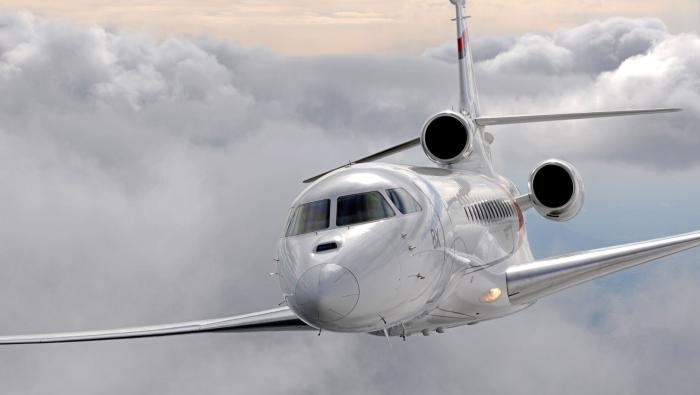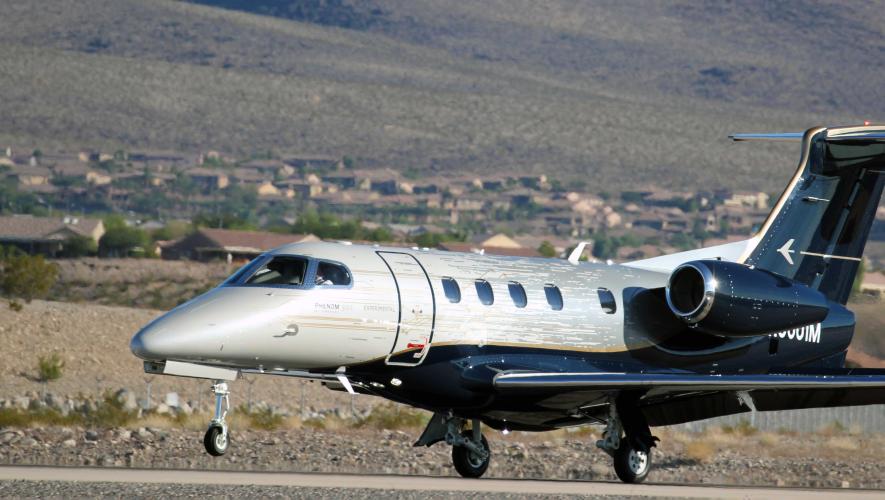Recent incidents where airline pilots arriving at Los Angeles International Airport (LAX) claim to have spotted a “jetpack” are probably not actual individuals flying under the power of small jet engines attached to their bodies, according to JetPack Aviation founder David Mayman. The widely reported incidents occurred on August 30 and October 14. The former involved American Airlines and SkyWest Airlines flights at 3,000 feet, and the latter incident was reported by a China Airlines crew who claimed they saw a person flying a jetpack at 6,000 feet 6 nm northwest of LAX.
The original jetpack is a hydrogen peroxide-powered device with a maximum endurance of about 30 seconds, hardly capable of a flight that would last long enough to climb to altitude and allow the pilot to wave to passing airliners. Bell designed one such device called the Rocketbelt in 1960, and it enjoyed some on-screen fame and a brief demo flight at the 1967 Super Bowl. While Williams International’s WR19 turbofan-powered the X-Jet flying platform, there is no chance someone dug that up and took it for a joyride around Los Angeles.
Mayman speculated that if these pilots indeed saw something that looked like a person flying at 3,000 and 6,000 feet, it may have been a homemade drone carrying a lightweight dummy. But these incidents had nothing to do with JetPack Aviation, which currently has five units at its Chatsworth, California headquarters under lock and key. And Mayman himself could not have flown near LAX on those dates as he was in Australia, he told AIN.
In any case, the JetPack Aviation’s most ubiquitous model, the JD-10, barely holds enough fuel to fly for eight to 10 minutes, hardly enough time to climb, loiter, then land safely. And the 200-pound thrust turbojets that power the JetPack are noisy enough that they certainly would have attracted a lot of attention, not to mention the pilot would have had to climb straight up and down with no time for any amount of lateral flight. If equipped with a parachute, that would have made the contraption all the more visible and likely to be spotted.
The FAA and FBI have been in contact with Mayman, who works closely with the FAA on JetPack Aviation test flights. The FBI wanted to learn more about what he knew about other jetpack efforts, performance capabilities, and if one could carry a parachute. “I don’t know what’s going on,” he admitted. “But it’s certainly raising the profile of the [jetpack] industry and our name.”







